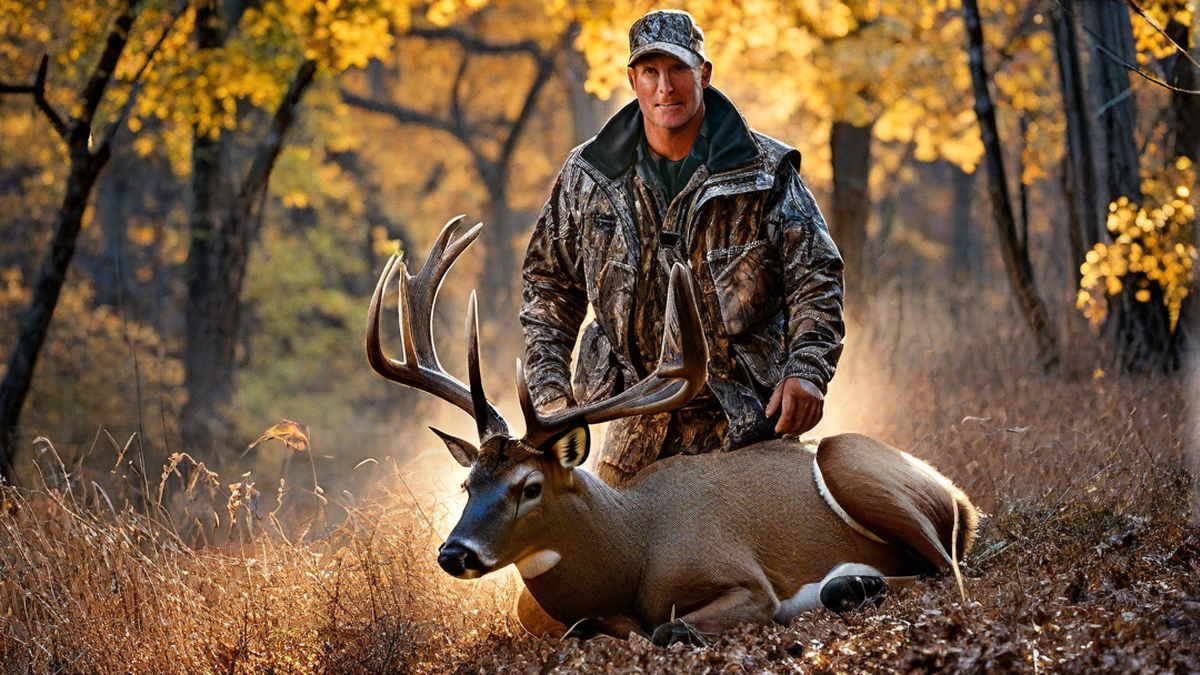As an avid deer hunter, I always look forward to bow season. There’s something incredibly thrilling about getting up close and personal with these majestic animals. But when exactly does bow season start? Let’s dive deep into the details of this hunting season and explore the excitement that comes with it.
Bow season for deer hunting typically varies from state to state, as each state has its own regulations and guidelines. It’s essential to familiarize yourself with the specific dates and requirements for your area before heading out into the woods. Check with your state’s wildlife department or hunting regulations for the most accurate and up-to-date information. Now, let’s take a closer look at some general timeframes you can expect for bow season.
Early Season: September
In many states, bow season for deer hunting kicks off in early September. This is an exciting time for hunters as it allows them to hit the woods before the deer become overly cautious. The weather during this time is often warm, so you’ll need to plan accordingly and bring hydration to stay comfortable during those long hours in the stand. The foliage is still thick, providing ample cover for the deer, and scouting becomes an essential part of the hunt.
Peak Rut: October and November
The peak of the deer rut, when bucks are actively seeking does for breeding, is a highly anticipated time for bowhunters. During October and November, bow season is in full swing, and deer activity tends to be at its highest. This is the time when bucks are more likely to let their guard down, making it an excellent opportunity to target a mature trophy buck. The weather starts to cool down, making hunting more enjoyable, but be prepared for changing conditions as autumn progresses.
Late Season: December and January
As the year comes to an end, many states offer extended bow seasons that run through December and even into January. This late season provides a unique set of challenges and opportunities for hunters. The weather is often colder, and deer behavior changes as they focus on finding food sources to survive the winter months. Patience and persistence are crucial during this time, as deer become more cautious and wary of hunters.
It’s important to note that these timeframes are general guidelines, and specific regulations can vary depending on your location. Always check with your state wildlife department and local hunting regulations to ensure you have the most accurate and up-to-date information.
Conclusion
Bow season for deer hunting is an exciting time for hunters, offering the chance to test their skills and experience the thrill of the chase. Whether you’re an experienced bowhunter or a novice just getting started, the anticipation and preparations leading up to bow season are part of what makes the experience so rewarding. So, grab your bow, gear up, and get ready to immerse yourself in the beauty and challenge of deer hunting!
